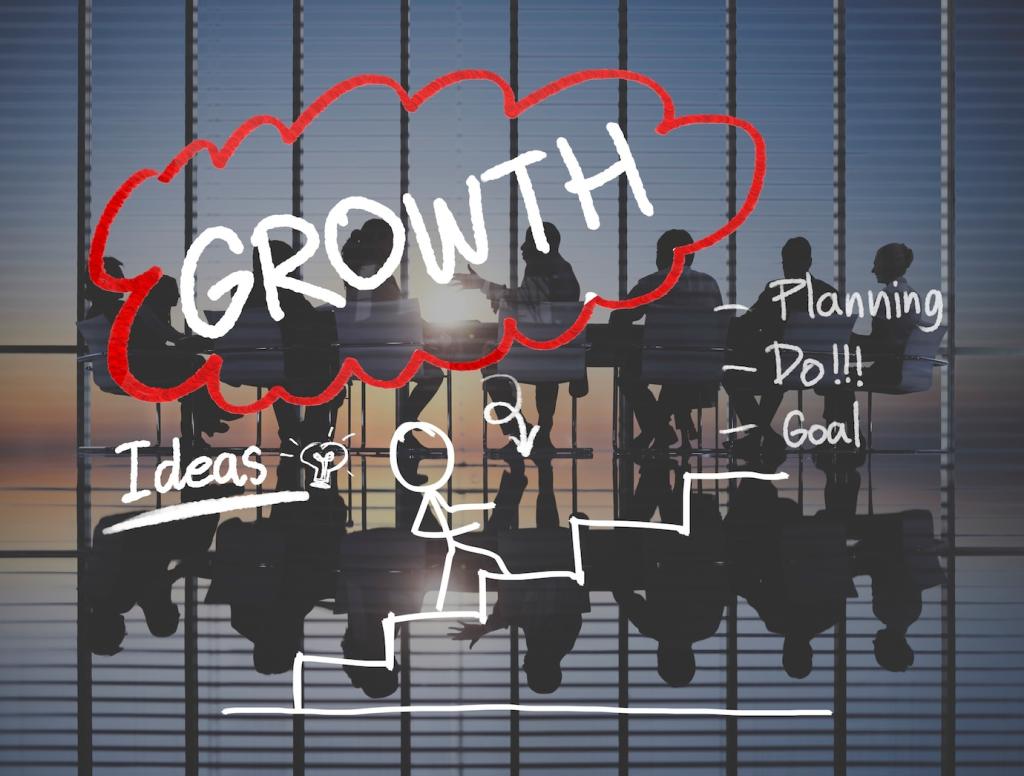
How Macroeconomic Forces Shape Employment Rates
Chosen theme: Macroeconomic Factors Affecting Employment Rates. Welcome to a clear, engaging journey through the big-picture forces that move hiring, layoffs, and opportunities. Subscribe and join the conversation as we translate complex trends into real-world stories that matter for your career and community.
Growth Cycles and Jobs: Reading the Economy’s Pulse
Okun’s Law links GDP growth to changes in unemployment, reminding us that faster output often brings more jobs. Think of the local factory that adds a weekend shift when orders rise, then freezes hiring when demand stalls. Have you noticed similar patterns nearby?


Growth Cycles and Jobs: Reading the Economy’s Pulse
Export-led booms, construction waves, and service surges hire differently. A capital-intensive upswing may lift profits without broad hiring, while small-business services can be job-rich. Watch which sectors grow around you—those textures reveal how macro growth truly affects employment rates.
Inflation Pressures and the Hiring Equation
As input prices climb, managers scrutinize every vacancy, delaying hires or substituting technology to control expenses. A baker facing higher flour and energy costs might reduce shifts before raising wages. Inflation reshapes hiring calculus long before headlines reflect changing employment rates.

Inflation Pressures and the Hiring Equation
The classic trade-off between inflation and unemployment has softened, but not vanished. Global competition, anchored expectations, and flexible supply chains can mute wage-price spirals. Still, persistent heat or demand slumps eventually sway hiring decisions, nudging employment rates toward new equilibria.
Monetary Policy: Interest Rates, Credit, and Payrolls
The Cost of Money Meets the Cost of Hiring
Higher interest rates can cool expansion by raising financing costs for inventories, equipment, and payroll. A retailer might delay opening a new location if loan terms worsen, slowing local hiring. When borrowing is cheaper, expansion feels safer—and job postings tend to multiply.
Liquidity Waves and Confidence
Beyond rates, policy affects credit availability. Easier lending greases the wheels for hiring, while tighter standards slow approvals and caution managers. The psychological channel matters, too: leaders hire when they trust the outlook, a sentiment heavily shaped by central bank signals.
Tell Us Your Interest Rate Story
Have rate changes altered your company’s expansion plans or your willingness to switch jobs? Share how credit conditions shaped your team’s headcount. Your perspective helps illuminate the living link between monetary policy and the employment rate you see every quarter.
Fiscal Policy: Public Spending, Taxes, and Job Creation
01
Targeted Stimulus, Tangible Jobs
Well-aimed fiscal measures can jump-start hiring when private demand falters. Payroll support, training subsidies, and small-business credits can keep workers attached to firms. When temporary programs end, the handoff to private demand determines whether employment rates stay resilient.
02
Infrastructure as a Hiring Engine
Roads, broadband, and energy grids require skilled labor and local suppliers, creating knock-on hiring in services. These projects expand long-run capacity while stabilizing employment in downturns. Watch procurement timelines—they often predict the pace of job growth months before ribbon cuttings.
03
Community Check-In: What Worked?
Did a recent grant or tax incentive bring new jobs to your area? Share outcomes—good and bad. Local feedback helps readers judge which fiscal levers actually protect employment rates and which look promising only on paper.

Energy and Commodity Shocks: Work in the Boom and Bust
Fuel Costs and Hiring Ripples
When fuel costs surge, logistics firms trim routes and hours, nudging employment lower. Manufacturers face squeezed margins and slower production lines. Later, as prices normalize, rehiring lags demand. These lurches can distort employment rates far beyond energy-centric regions.
Resource Booms and Regional Job Bonanzas
Commodity upswings bring rapid hiring in extraction and supporting services, from housing to equipment repair. Yet booms can overheat local wages and strain infrastructure. The challenge is smoothing the cycle so employment rates remain stable when prices inevitably retreat.
Share Your Commodity Cycle Experience
Did your town thrive during a mining boom, then tighten when prices fell? Tell us how employers adjusted schedules, benefits, and training. Your story helps others spot early signs of turning points that signal shifts in employment rates.
Beyond the Headline: Slack, Participation, and Quality of Jobs
Hidden Slack and the Pace of Hiring
Even when employment rates look strong, underemployment can linger. Employers tap part-time staff before adding full roles, making recoveries look job-rich but hours-poor. Watching hours worked and multiple jobholding clarifies how macro trends actually touch household livelihoods.
Participation Rates: Who’s in the Game?
Macroeconomic conditions coax people into or out of the labor force. Strong demand and higher wages draw sidelined workers back, while weak prospects discourage searching. These shifts alter employment rates and the perceived tightness that drives wage offers and hiring thresholds.
Help Decode Your Local Labor Signals
What indicators do you track—job listings, overtime requests, or training enrollments? Share your playbook below. Together we can translate macroeconomic factors affecting employment rates into practical signals that help people plan careers, negotiate offers, and time their next move.
Join our mailing list
